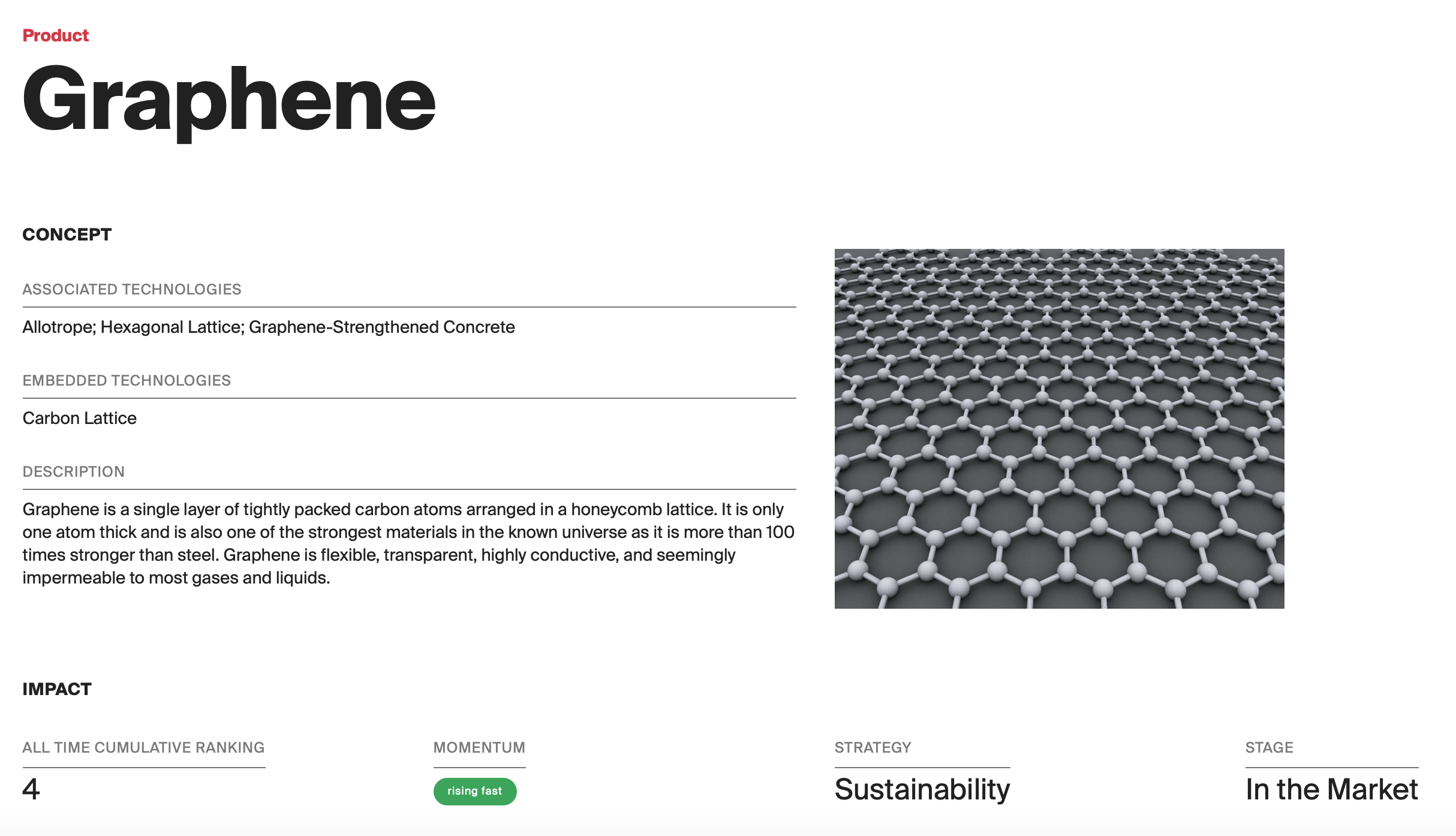The MIT Tech Tracker is an information and analytics web tool developed as an outcome from a series of interactive, educational workshops with JLL. This tool provides insight into where technologies come from and where they are going, using proprietary algorithms that predict how technologies are advancing and developing to meet the biggest challenges in the industry today. By going beyond the media hype, using ranking algorithms, the MIT Tech Tracker scouts, tracks and predicts technologies that have the potential to make the biggest impact on real estate and the people who use, occupy and own space. The tool also reduces uncertainty by taking the mystery out of change and measuring with data – not hunches – as to how one-off insights can turn into meaningful and viable strategies for the built environment.
The MIT Tech Tracker
The real estate industry is undergoing its first wave of digital disruption, and understanding how technologies can transform the built environment is a critical asset to real estate professionals. It is especially helpful to investors, occupiers and academics to access unbiased and aggregated technology data that are relevant to curating technology profiles and developing predictions on where technologies are going next.
But which technologies should we implement into our buildings and cities? What are the types of technologies that will help solve our biggest problems in the built environment, such as climate change, automation and health? And which ones will hit our innovation marketplace first?
What we found:
- Media and culture – such as movies – are powerful tools for understanding the levels of technology innovation and how we evolve toward technology awareness for our culture and society.
- By creating a database of over 200 sources, we scouted where technologies come from and how they move from the lab to becoming available in the marketplace and ultimately a part of our everyday lives.
- We created a catalog of all the technologies impacting the built environment and showcased them in a tool that allows the user to search for them, sort and organize them. Out of these 856 technologies, we have completed a data framework for 257 of them.
- Within this technology catalog, we also created a profile for each technology to detail its overall concept as well as the analytics, such as impact factors and big data.
- It takes, on average, 41.6 years for a technology to move from inception in the lab to being a part of our everyday lives.
- By tracking technologies through social media, venture capitalist funding and academic theses, we built a pipeline to rank them according to their mentions—or, awareness levels. This resulted in a ranking algorithm of the top technologies impacting the built environment.
- Technologies are linked to strategies for solving challenges such as climate change, health and wellness and automation that are directly connected to the built environment.
- Tracking activity and milestones for each technology facilitates our ability to predict when they will hit the marketplace and what their impact factor will be for real estate.

